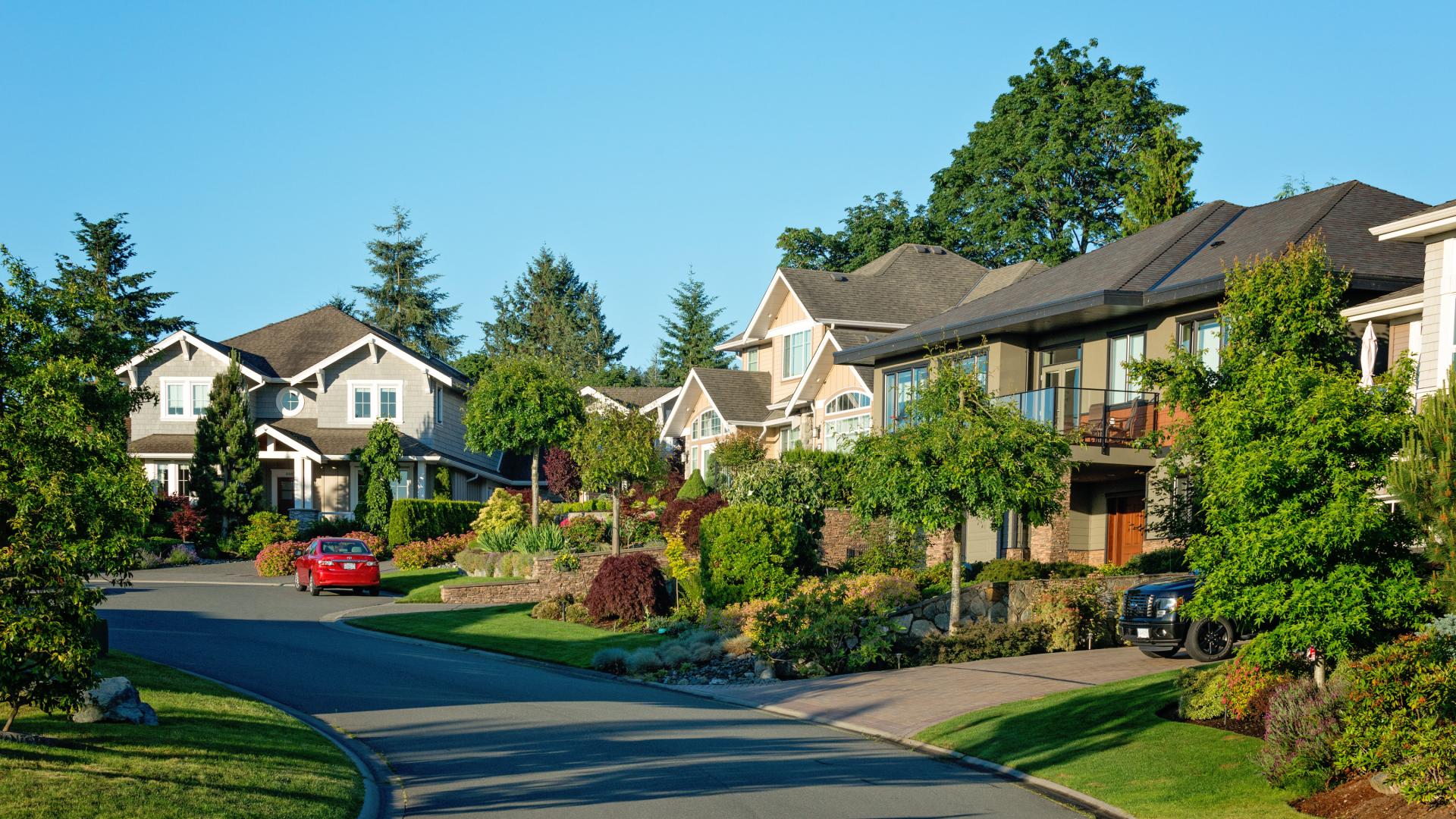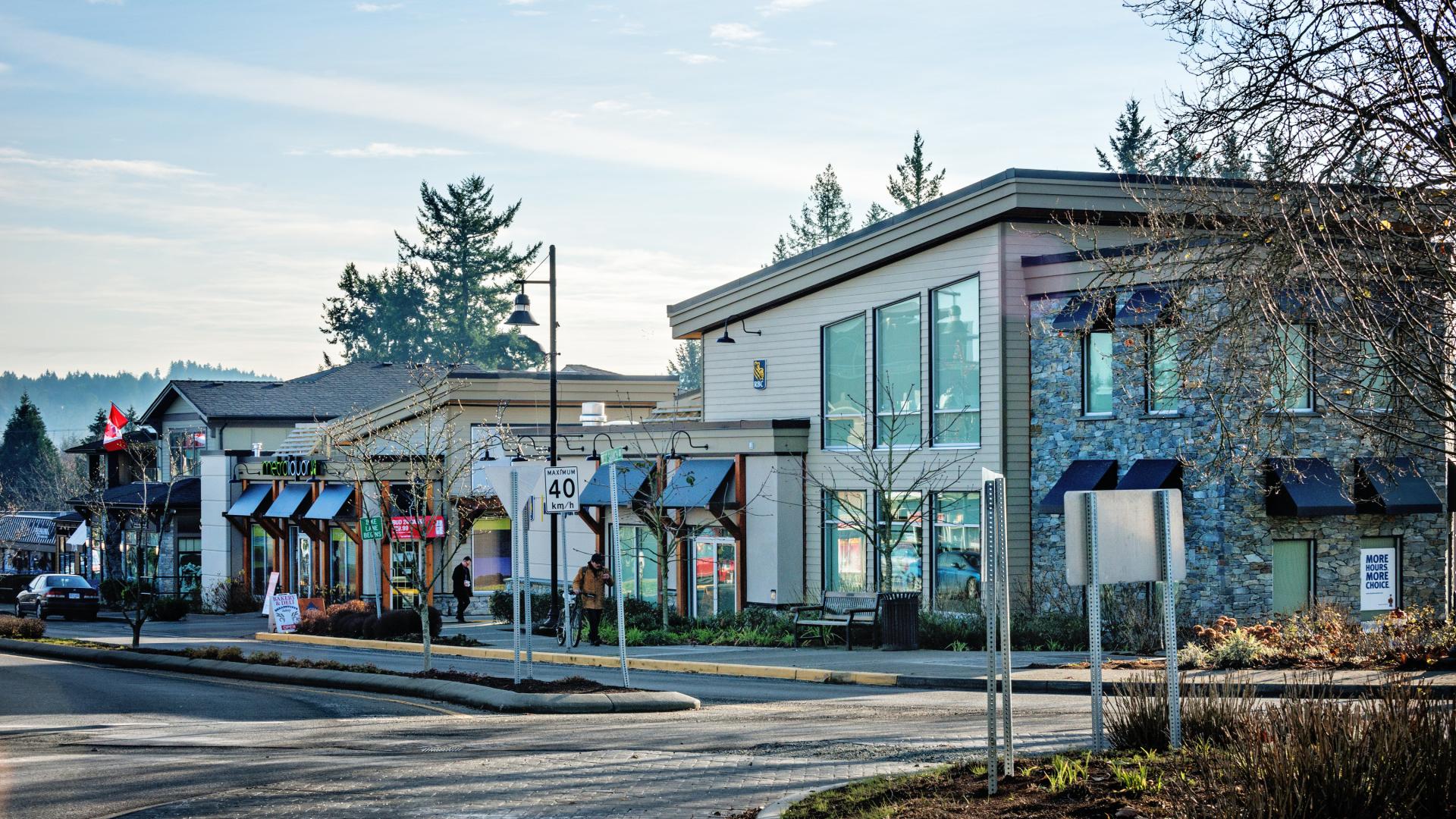By accelerating climate action we can tap into new opportunities to enhance and preserve the quality of life in Central Saanich. We are stepping up our efforts in light of the climate emergency; on December 16, 2019, Central Saanich Council approved ambitious and accelerated community climate targets that align with the UN’s recommendation to limit global temperature increase to 1.5°C.
Households directly account for 40% of BC’s total greenhouse gas emissions, and Central Saanich is committed to working with residents to improve our homes and infrastructure.
Central Saanich climate targets:
- Reduce community emissions by 45% by 2030 over 2007 levels. (In 2007 the community emitted approx 76,000 tonnes of territorial GHG emissions.)
- Become a carbon neutral community by 2050.
BC’s Local Government Climate Action Program (LGCAP)
The Local Government Climate Action Program (LGCAP) launched by the province in 2022 provides predictable, long-term funding for communities to support local climate action that reduces emissions and increases climate impact resilience.
- 2023 Central Saanich Submission Report for 2022 carbon emissions
- 2024 Central Saanich Submission Report for 2023 carbon emissions
- 2025 Central Saanich Submission Report for 2024 carbon emissions





